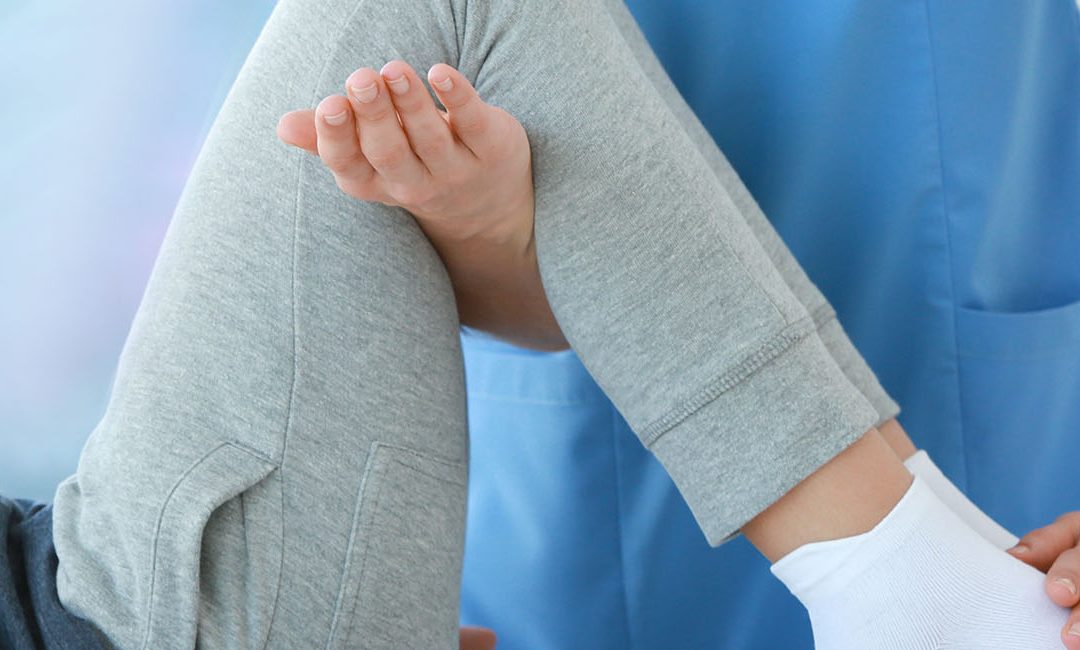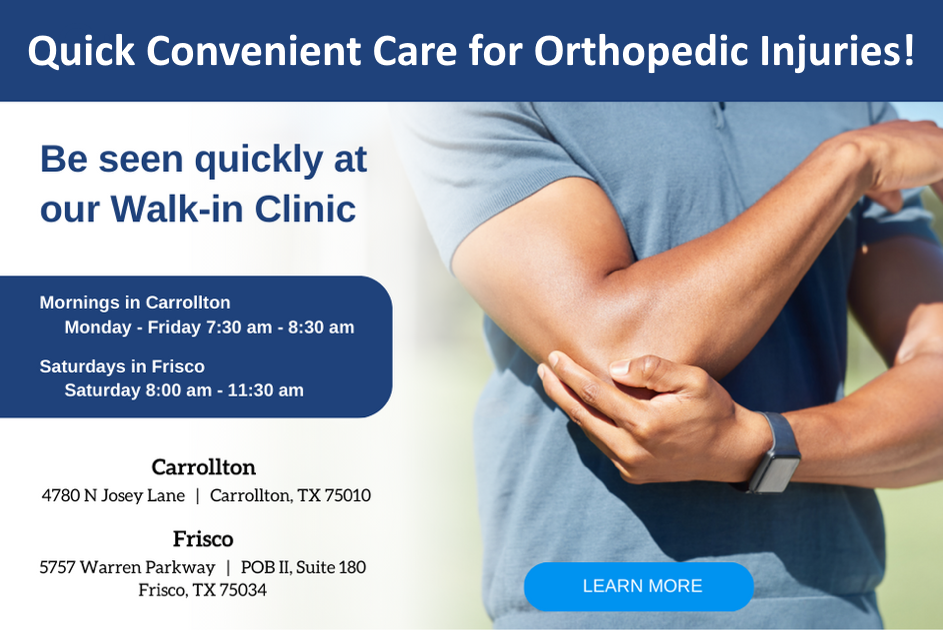The knee is one of the largest and the most used joint in the human body. It is a complex structure of bones and soft tissues that bears maximum body weight. It connects the tibia, femur and the shin bone with the patella lying in the front of the joint. Four main ligaments, tendons and muscles keep it stable and allow it to move in different ways. A thin layer of fluid called synovium lines the internal part of the joint and prevents friction. The articular cartilage gives a cushioning effect. Damage to any of these parts results in Patellofemoral Pain.
Patellofemoral Pain Syndrome refers to persistent pain around the kneecap (patella). It is also known as Runner’s Knee and most commonly affects the people who actively participate in sports. It is also seen in teenagers who are physically active.
Causes
- Fall or direct trauma to the knee
- Faulty alignment of bone structure may push the patella to one side
- Muscle weakness may reduce the support to the joint
- Overuse injuries
- Vehicular accidents
- Performing tasks that involve a lot of running, twisting and turning or sudden change of direction
- Sudden increase in workout activity
- Lack of warm up and cool down sessions while playing or exercising
- Being overweight
- Repeated micro injuries or trauma
- Tightness of the tendon may displace the patella to one side resulting in pain
Symptoms
- Pain in the front of the knee joint around the knee cap.
- Pain may aggravate with movement
- Inability to stand, bend, walk, run, jog, squat easily
- Climbing the stairs is painful
- A grinding sensation or a popping sound in the joint
- Stiffness
- Change in gait
Diagnosis
- Details of the patient’s symptoms, mode and time of injury, medical history and lifestyle may be taken into consideration
- The gait may be assessed
- Use of palpation to check for symptoms and location of pain
- Some physical movements need to be performed by the patient to check loss of range of motion
- X-ray imaging may be done
- MRI and CT scan
Treatment
- Rest the affected knee by keeping it elevated at chest level
- Apply ice packs at regular intervals for 24-72 hours
- Use soft bandage for compression and support
- Use of orthotic devices and shoe inserts to reduce pressure on the joint
- Surgical loosening of tight tendon
- Realignment of the patella through surgery
- Physical therapy may be required to regain range of motion and strength
- Maintain ideal body weight
- Use good quality shoes
- Arthroscopy may be used to clear the debris from the joint
- Avoid excessive weight bearing to allow the joint to heal
- Prescription of pain killers and anti-inflammatory medication
- Taping or knee brace may be used for knee immobilization
To know more about Patellofemoral Pain Syndrome and its treatment options, contact the doctors at OrthoTexas. For an appointment, call at (972) 492 – 1334 or visit 4780 North Josey Lane, Carrollton, TX 75010.


